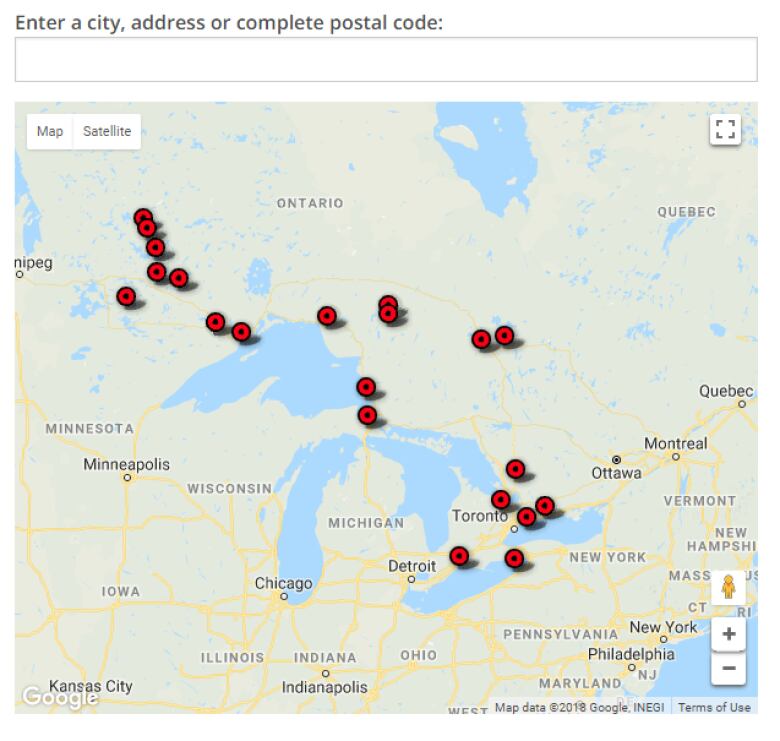Ontario Conservation officers going online in quest to crack cold cases
New database and interactive map will post details of unsolved mysteries in Ontario's remote areas

Every year a number of natural resources violations and cases go unsolved in Ontario.
They are difficult for conservation officers to solve, often because they happen in remote locations, where few eye-witnesses seem to be around.
But the Ministry of Natural Resources and Forestry (MNRF) is hedging its bets that there are more eye-witnesses out there.
To that end, they've introduced an interactive online map where people can learn about the cold cases in their area, and possibly submit any related information.
The online map provides information, including location anddescriptionsforseveral types of violations.
Ron Arnold, a conservation officer with the MNRF told CBC's Up North that even though the database is in its infancy stage, more and more cases will be added to the list of files, as officers see the benefits of putting the cases out in the open, especially if the officers feel their investigation has come to a dead end.
"These sorts of things are crimes that happen out there in remote areas," Arnold said. "The purpose of this cold case initiative is to draw attention to folks across the province that these are real, and that conservation officers are left with cases that remain unsolved."

Arnold cites crimes such as leaving abandoned wildlife, selling wildlife, theft of Crown timber, or illegal activities in parks. At this point, most of the cold cases on the map are in northern Ontario.
"We have one case in 2017 near Wawa, where conservation officers discovered two bull moose that were shot from a roadway and left to spoil."
"The moose were not field dressed or otherwise disturbed after being shot," he said. "One bullet was recovered from each of the moose, and they were located within 30 metres of each other."
But Arnold said the current number of northern cases should not deter anyone from southern Ontario from calling information in. Nor should the public regard it only as a hunting and fishing tip line.
"In general, whether you hunt or fish or not, every single person in this province cares about Ontario's natural resources," Arnold said. "It means something to everyone, whether you're a birdwatcher, camper, canoeist, or whether you like to walk through the woods."
"It's important for the public to know there are folks standing in the front lines willing to protect Ontario's natural resources for the benefit of Ontarianswell into the future."
Listen to the full interview on CBC'sUp North by clicking the audio clip below.












_(720p).jpg)


 OFFICIAL HD MUSIC VIDEO.jpg)
.jpg)



























































































